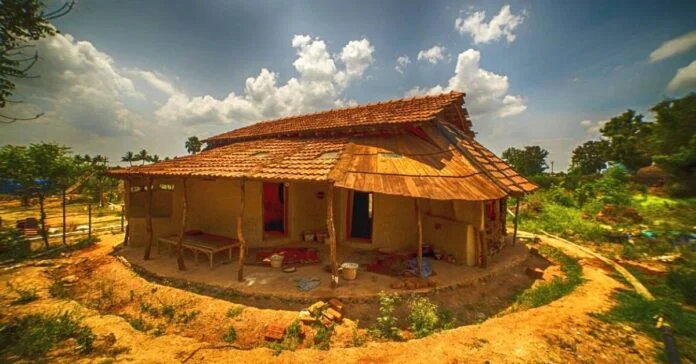
By Anjali Solanki
As climate change intensifies, extended heatwaves are becoming a global challenge, impacting health, agriculture, and energy systems. With rising temperatures straining urban infrastructure, sustainable solutions are critical to mitigate the effects of prolonged heat and build resilient communities.
Understanding Extended Heatwaves
Extended heatwaves are prolonged periods of excessively high temperatures, often exacerbated by climate change, urbanisation, and deforestation. According to recent studies, heatwaves are becoming more frequent and severe, with urban heat islands amplifying temperatures in cities. The consequences include heat-related illnesses, strained power grids due to increased cooling demands, and reduced agricultural yields.
The Need for Sustainable Solutions
Conventional cooling methods, like air conditioning, contribute to greenhouse gas emissions and overburden energy systems. Sustainable alternatives not only reduce environmental impact but also offer long-term resilience against extreme heat. By integrating traditional wisdom, such as mud house construction, with modern green building innovations, communities can adapt to rising temperatures while minimizing their carbon footprint.
Mud Houses: A Time-Tested Solution for Heatwave Resilience
Mud houses, also known as adobe or earthen homes, are an ancient architectural practice that offers natural insulation against extreme heat. Made from locally sourced materials like clay, sand, and straw, mud houses maintain cool indoor temperatures even during scorching summers. Their thick walls absorb heat during the day and release it slowly at night.
Solar Shading: External shades, pergolas, or trees block direct sunlight, lowering indoor temperatures.
Renewable Energy Integration: Solar panels and geothermal systems power cooling needs sustainably, reducing strain on grids during heatwaves.
Green buildings not only mitigate heat but also align with global sustainability goals, such as reducing carbon emissions and promoting circular economies.
Maximum Impact
Integrating mud houses with green building innovations creates a hybrid model that leverages the best of both worlds. For instance, a mud house with a green roof and solar-powered ventilation combines traditional insulation with modern efficiency. Adding native plants for shading and rainwater harvesting systems further enhances sustainability, making these homes self-sufficient and climate-resilient.
Case Study: India’s Mud House Revival
In Rajasthan, India, architects are blending mud house designs with green building principles to create heatwave-resistant homes. These structures use locally sourced mud, incorporate passive cooling, and feature rooftop gardens. Such projects demonstrate how traditional knowledge can meet modern needs, offering scalable solutions for urban and rural areas alike.
Urban Greenery: Planting trees and creating green corridors reduce urban heat island effects.
Water Conservation: Rainwater harvesting and greywater recycling support sustainable landscaping during dry spells.
Community Awareness: Educating residents about heatwave preparedness, such as hydration and energy conservation, fosters resilience.
Challenges and Future Directions
While mud houses and green buildings offer promising solutions, challenges like scalability, regulatory barriers, and public perception must be addressed. Governments and organizations can incentivize sustainable construction through subsidies, training programs, and policy reforms. Additionally, raising awareness about the long-term benefits of eco-friendly architecture can shift consumer preferences toward sustainable living.
Extended heatwaves demand innovative
sustainable solutions that balance environmental responsibility with human comfort. Mud houses, with their natural cooling properties, and green building techniques, such as passive design and renewable energy, offer practical ways to adapt to rising temperatures. By embracing these approaches, communities can build a future that is resilient, affordable, and in harmony with the planet. Whether through reviving traditional mud architecture or scaling modern green innovations, the path to heatwave resilience starts with sustainable choices today

